I am trying to read a pressed key from a PS/2 keyboard and display it on a LCD1602 display. I wrote one entity and architecture which detects a pressed key. If it received the 11 bits (1 start bit, 8 data bits, 1 parity bit and 1 stop bit) then I write the received 11 bits to a signal. This is a code snippet that does that job
process(KCI)
variable IDX : integer range 0 to 11;
begin
if(falling_edge(KCI)) then
if(IDLE = '1') then
IDX := 0;
else
MSG_BFR(IDX) <= KDI;
IDX := IDX + 1;
if(IDX = 11) then
IDX := 0;
MSG_RCV <= MSG_BFR;
end if;
end if;
end if;
end process;
On a Keyboard Clock Input (KCI) it reads the Keyboard Data in (KDI) and writes it in a Message Buffer (MSG_BFR). Once received all 11 bits it writes to that signal Message Received (MSG_RCV).
Another process in this keyboard architecture writes it to a signal which is port mapped to the 'main' VHDL code.
process(MSG_RCV)
begin
KEY <= MSG_RCV(8 downto 1);
end process;
The 'main' VHDL code just passes this information via a port map to the LCD1602 code using a simple process
process(KEY_M)
begin
CHAR_M <= KEY_M;
end process;
The LCD1602 writes the character in an array using this process
process(CHAR)
variable ARRAY_IDX : integer range 7 to 14 := 7;
begin
if(CHAR = "01000010") then
LCD_CMD(ARRAY_IDX)(7 downto 0) <= CHAR;
ARRAY_IDX := ARRAY_IDX + 1;
if(ARRAY_IDX = 14) then
ARRAY_IDX := 7;
end if;
end if;
end process;
This actually writes only the character K in array at a specific index.
Parallel to this function is the code also reading from this array and writing the bytes from this array to the LCD1602 screen. Running this code actually writes just a character B in all the places in the array.
The code that writes the bytes to the LCD1602 can be seen below
process(CLK1602)
variable i : integer := 0;
variable j : integer := 1;
begin
if CLK1602'event and CLK1602 = '1' then
if i <= 1000000 then
i := i + 1;
E1602 <= '1';
DATA1602 <= LCD_CMD(j)(7 downto 0);
elsif i > 1000000 and i < 2000000 then
i := i + 1;
E1602 <= '0';
elsif i = 2000000 then
j := j + 1;
i := 0;
end if;
if j <= 5 then
RS1602 <= '0'; --command signal
elsif j > 5 then
RS1602 <= '1'; --data signal
end if;
if j = 37 then --repeated display of data
j := 5;
end if;
end if;
end process;
I have been stuck on this problem for 3 days now. All I want is to write a pressed character to the LCD and increment the array index by one, so the next pressed character can be written to that location. Can anyone point me to the source of the problem, which is why I do not get the desired behavior?
